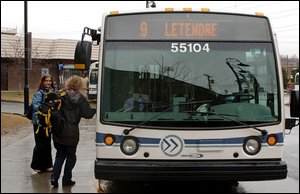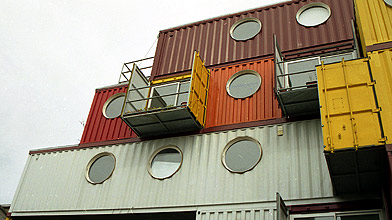Source: Marie Claude Girard La Presse, 25 juin 2006
Voici un exemple que l’on peut améliorer le quotidien de notre vie avec peu de chose, toute simple…
Des jardins hydroponiques sur les balcons, des arbres fruitiers entretenus par des citoyens, des jardins collectifs dans les cours d’école, des cuisines collectives qui prennent des leçons sur la mise en conserve. Pour lutter contre l’insécurité alimentaire tout en favorisant une saine alimentation, la Maison de quartier Villeray a choisi de s’attaquer à toute la chaîne alimentaire. Ici, on ne se contente pas de faire pousser un plant de fève en classe. On le suit jusque dans l’assiette!
Voir la suite.





